Integrating Permaculture Principles Into Home Gardening
Permaculture is an innovative approach to design, a way of living that seeks to collaborate with nature in all facets of human endeavor. In the realm of home gardening, the principles of permaculture can lead to extraordinary results. A shift towards sustainable living, resilience during climate events, a flourished relationship with nature, and a more efficient use of resources are some of the benefits of permaculture gardening at home. This article explains every aspect of permaculture, its principles, benefits, and also delves deep into creating your own permaculture home garden.
Benefits of Permaculture
At its core, permaculture is not just about designing sustainable gardens or farms but about designing sustainable lifestyles. Besides nutrition, permaculture gardening provides immeasurable benefits to the environment:
- Sustainability: By using renewable resources and maximizing resource efficiency, permaculture promotes sustainability.
- Community Resilience: Permaculture increases resilience to climate change and other crises by relying on locally sourced materials and decentralizing food production.
- Biodiversity: Permaculture practices encourage increased biodiversity, which is a crucial factor in a healthy ecosystem.
Permaculture Design Principles
Permaculture design principles are a set of guidelines used when designing whole systems that are sustainable and have the stability, diversity, and resilience of natural ecosystems. These principles are easy to incorporate into your home garden:
- Observe and interact: By spending time observing the ecology and geography of the land, you can create design layouts that work in harmony with nature.
- Obtain a yield: Design your garden in such a way that you can ensure food production throughout the year.
- Use and value renewable resources and services: Make use of nature's bounty by utilizing renewable resources such as wind, sun, and water.
Transitioning to a Permaculture Garden
Transitioning to a permaculture garden may seem daunting but the process can be divided into simple straightforward steps:
- Building the soil: Utilize composting methods and other sustainable practices to enrich the soil and maximize plant health.
- Plant Location: Placing plants considering their relationship with one another and the elements will ensure maximizing yield and maintaining balance in your garden.
- Managing Water: Build efficient irrigation systems and incorporate rainwater harvesting techniques in your garden design.
The Permaculture Path
Beginning your permaculture journey is as simple as implementing one step at a time. Every step you take towards applying a permaculture principle is a step towards creating harmony with nature and leading a sustainable, resilient, and nature-rich life. So, start today and make your home garden a permaculture paradise.
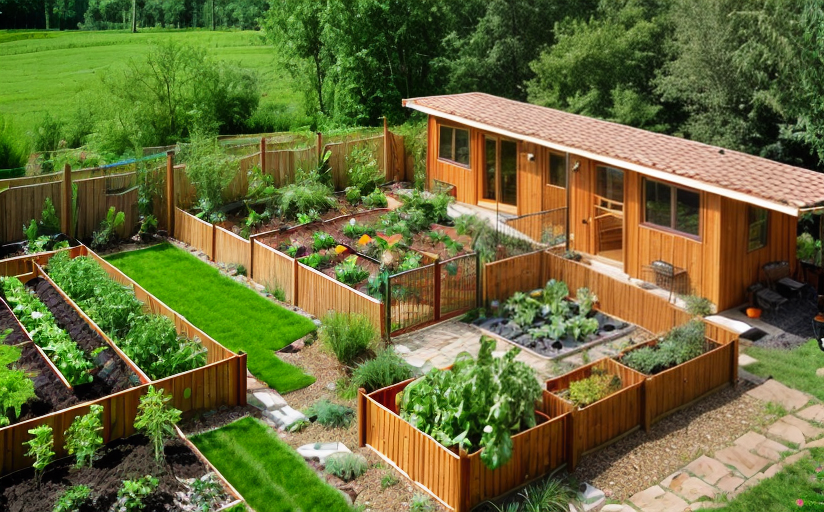

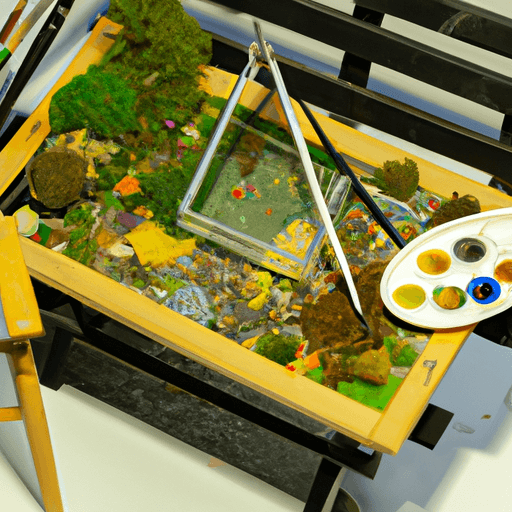


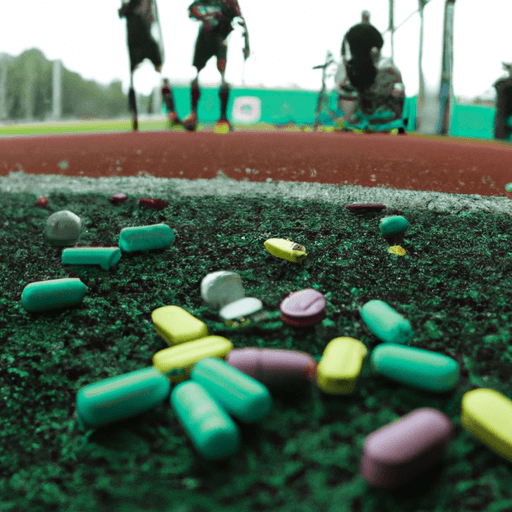
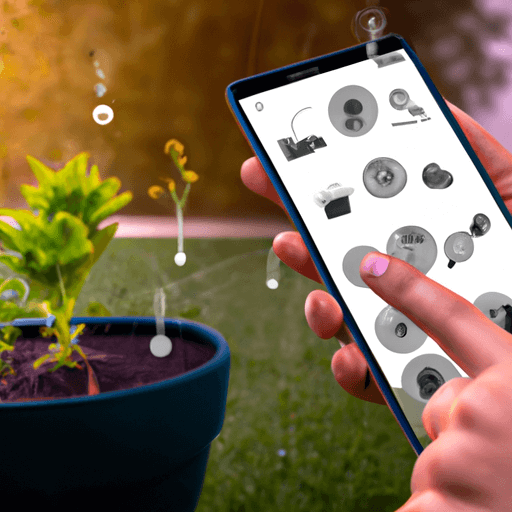



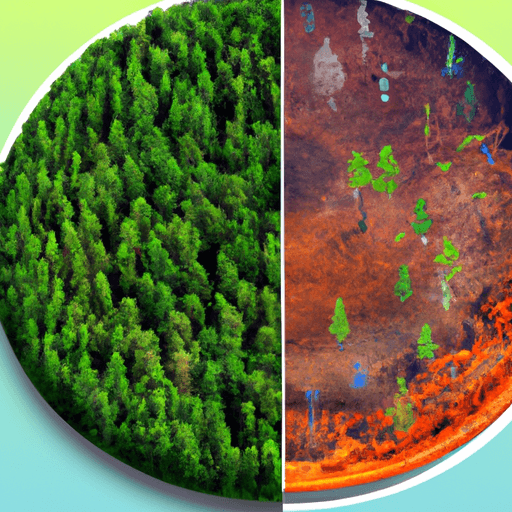
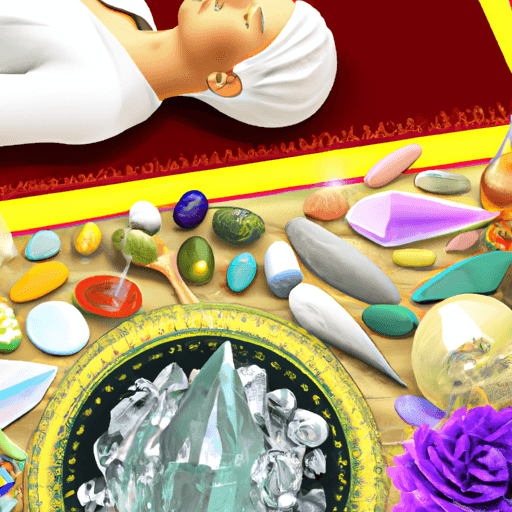
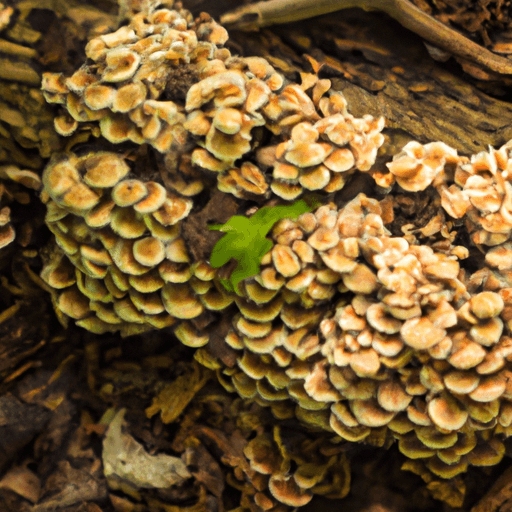




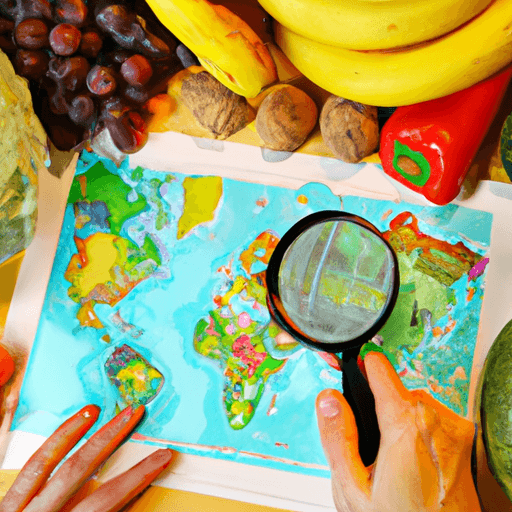

Comments
Leave a Comment